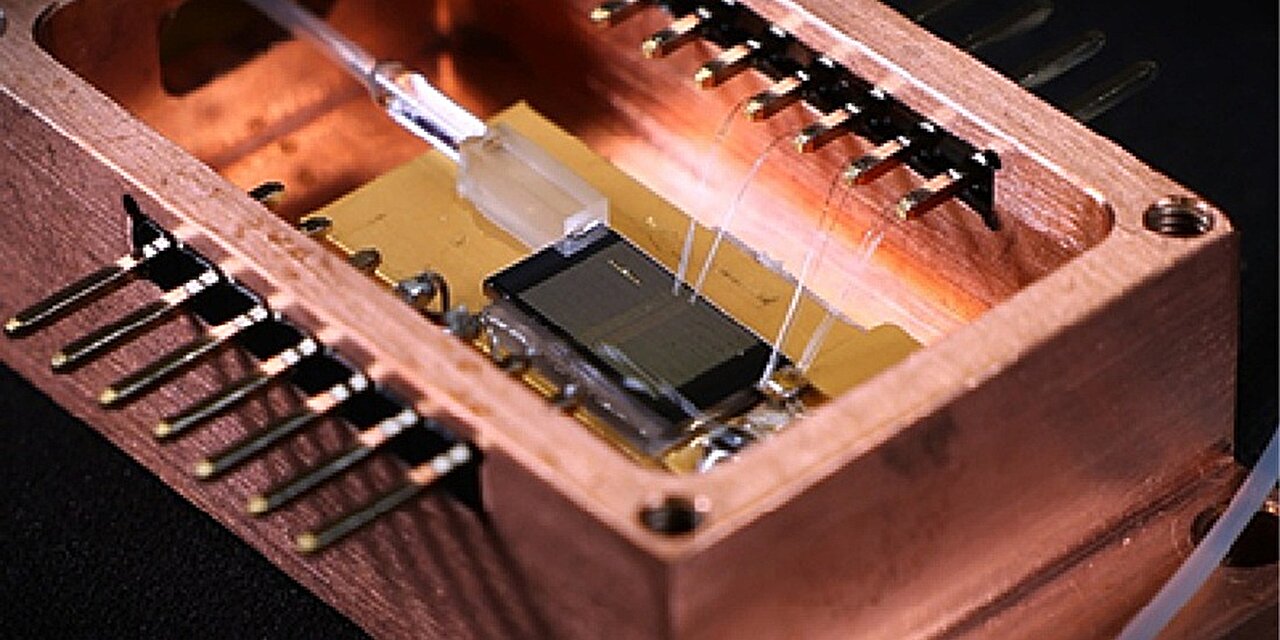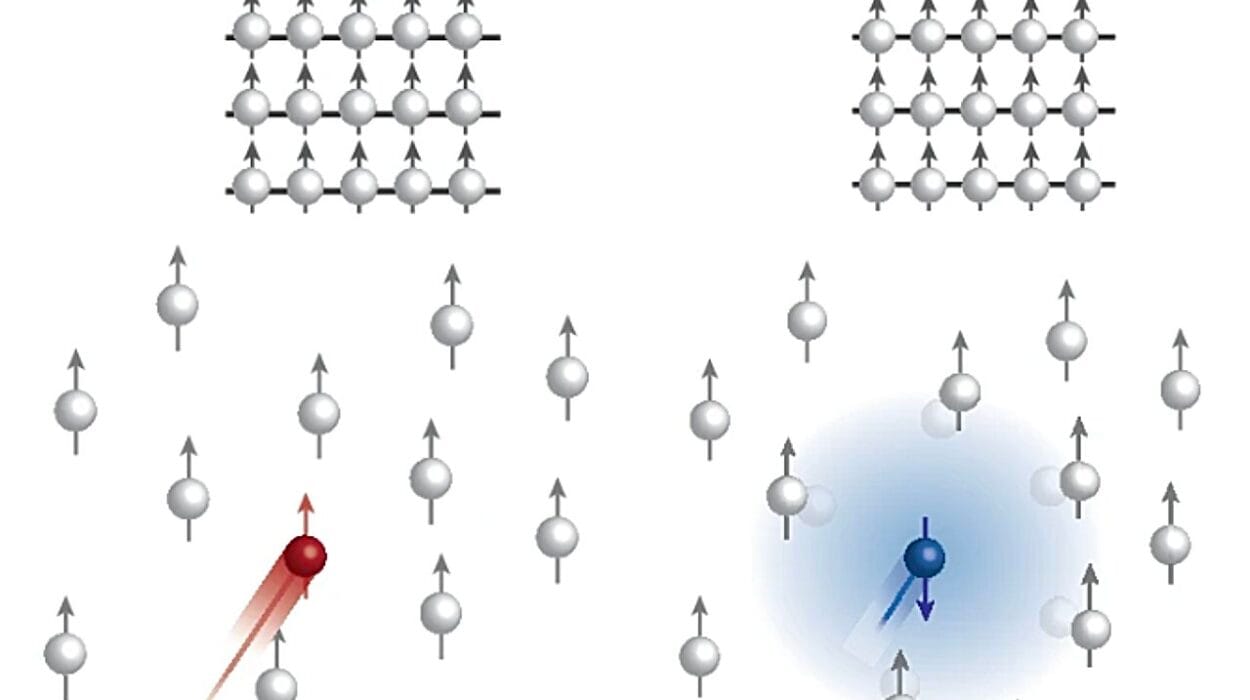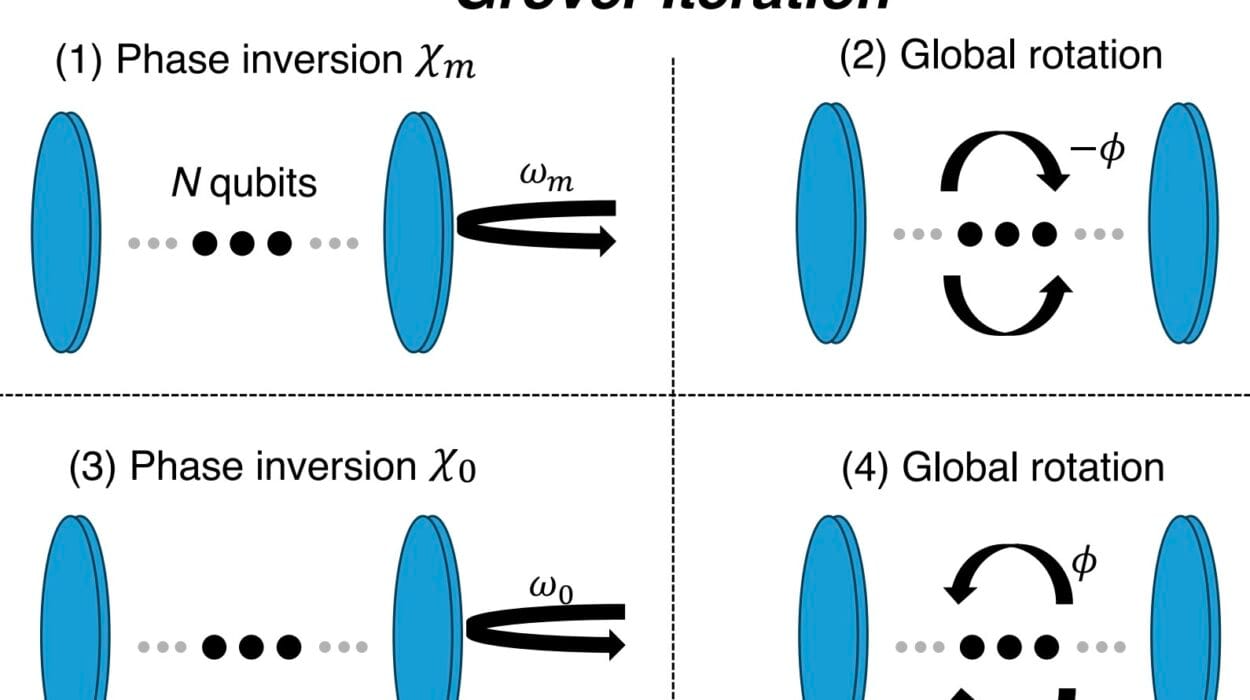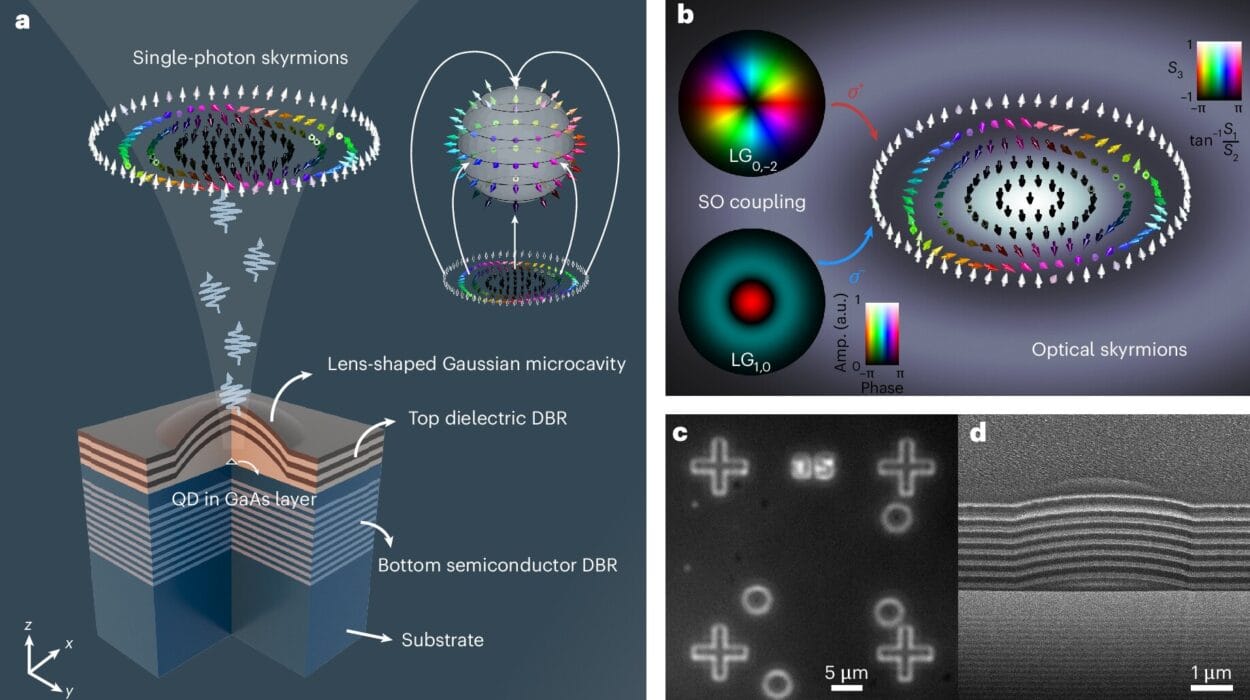From the eyes of self-driving cars to the backbone of high-speed internet, lasers guide our modern world in ways most of us never see. Invisible, lightning-fast pulses of light carry data across oceans, measure distance in a blink, and help us detect invisible threats in the air. But until now, the most precise lasers have come with steep costs—bulky machines, tricky calibration, and price tags that limit how widely they can be used.
Now, a breakthrough from a team of researchers at the Norwegian University of Science and Technology (NTNU) may be about to change all of that.
Led by Associate Professor Johann Riemensberger from NTNU’s Department of Electronic Systems, the team has developed a new kind of laser—one that promises to be smaller, faster, more affordable, and far easier to control than today’s best options. Their work, done in collaboration with École Polytechnique Fédérale de Lausanne (EPFL) and Luxtelligence SA in Switzerland, was recently published in the prestigious journal Nature Photonics.
“This is more than just another laser,” Riemensberger said. “It’s a fundamental improvement that could open the door to new generations of smart sensors, communication devices, and environmental monitors—devices that are compact, powerful, and accessible.”
Built for the Real World
Modern applications of laser technology demand more than just raw power. They require stability, precision, speed, and most importantly—practicality. Traditional high-precision lasers can be large, delicate instruments requiring careful setup and multiple points of adjustment. That’s fine in a research lab—but not in the trunk of a self-driving car or the roof of a remote weather station.
Riemensberger’s new design breaks that mold.
It uses advanced materials and microscopic light circuits, all built with existing chip-based manufacturing technology—the same kind used to make semiconductors. The result is a compact, rugged laser source that’s not only mass-producible, but also tunable with just one control. It emits a powerful, stable beam whose frequency can be adjusted smoothly and quickly, without the sudden jumps that plague many conventional designs.
Driving Innovation in Self-Driving Cars
One of the most promising early applications for this new laser is in Lidar—a sensing technology that has become essential for self-driving vehicles.
Lidar works by bouncing laser pulses off objects and analyzing the reflections to build a 3D map of the car’s surroundings. Accuracy and reaction speed are critical here. Even small delays or misreadings could mean the difference between a safe stop and a collision.
With their new laser, Riemensberger’s team achieved distance measurements accurate to within just four centimeters. That level of precision—delivered in a form factor small and cheap enough for commercial use—could be game-changing for companies developing autonomous navigation systems.
“This makes high-precision Lidar far more accessible and scalable,” Riemensberger explained. “It could accelerate the development of safer, smarter self-driving cars.”
Sensing Danger in the Air
The laser’s precision isn’t just good for measuring distances—it also shines when analyzing air composition. The team successfully used their new laser to detect hydrogen cyanide (HCN) gas in the air—a lethal compound more commonly known as hydrocyanic acid. Even at low concentrations, it’s highly toxic. The ability to detect it quickly and reliably could be vital for chemical plants, emergency response teams, and environmental monitoring agencies.
The test shows the laser’s ability to function as the core of compact spectroscopic gas detectors, offering fast and accurate readings in the field.
“We were able to identify dangerous gas concentrations with just this tiny chip-based laser system,” said Riemensberger. “It shows the potential for handheld devices that could save lives.”
Simplicity Meets Sophistication
Beyond its precision and versatility, perhaps the most striking feature of this laser is how user-friendly it is. Traditional lasers with this level of control often require complex interfaces and multi-knob adjustment. In contrast, Riemensberger’s laser can be tuned with a single control, offering smooth and stable frequency adjustment across a wide range.
This kind of control is especially important in applications like spectroscopy and communications, where signal stability and fast tuning speed directly impact performance.
And because the laser is made using available chip-fabrication processes, it can be produced in large quantities at low cost, making it a practical component in the next generation of sensing and communications equipment.
A New Platform, Not Just a Product
The breakthrough is more than just a new piece of hardware—it’s a new platform for innovation. With its combination of affordability, performance, and ease of use, the laser could become a building block for countless future technologies. From environmental monitoring stations to fiber-optic internet infrastructure, from space exploration instruments to wearable health monitors, the applications are as diverse as they are urgent.
“Our findings make it possible to create small, inexpensive, and user-friendly measuring instruments and communication tools with high performance,” said Riemensberger. “That could fundamentally reshape how and where laser technology is used.”
Lighting the Way Forward
As lasers become more deeply embedded in the technologies that guide, protect, and connect us, the need for smarter, smaller, and more reliable solutions only grows. The work by Riemensberger’s team comes not just as a technical triumph, but as an answer to that demand.
Their innovation doesn’t just push the boundaries of what lasers can do—it brings those boundaries within reach for industries, researchers, and innovators around the world.
In the invisible flicker of light from a microscopic circuit, a new era of precision is beginning.
Reference: Anat Siddharth et al, Ultrafast tunable photonic-integrated extended-DBR Pockels laser, Nature Photonics (2025). DOI: 10.1038/s41566-025-01687-0. On arXiv: DOI: 10.48550/arxiv.2408.01743






